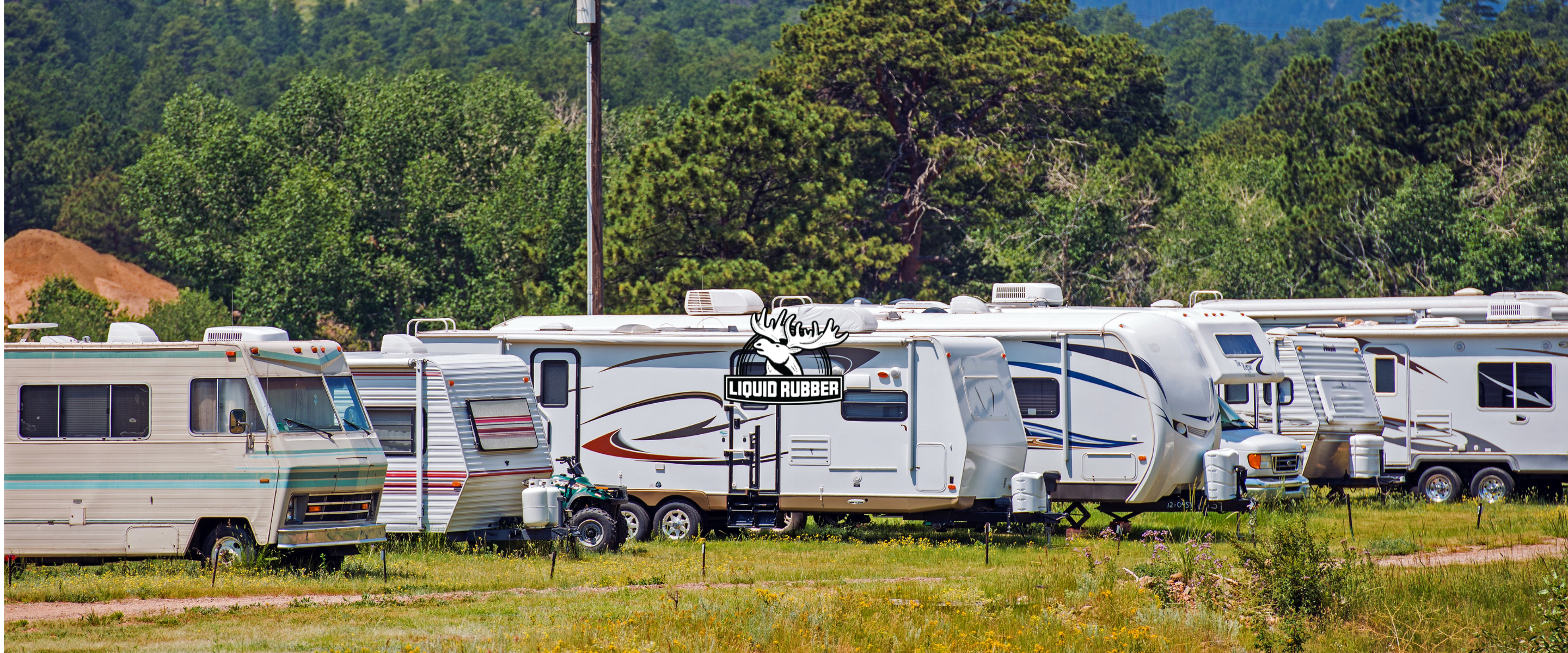If you’ve already made the investment in a metal roof, then you know that it was worth it. It's considered to be the most durable and long-lasting roofing you can buy. They’re particularly useful in winterized areas, where the ruggedness of the metal not only helps to provide extra insulation for a home, but also helps prevent roof collapse and sagging from the weight of snowfall and ice buildup.
While metal roofing is an excellent choice for your home, you’re going to want to consider taking things a step further to truly foolproof your home against all forms of elements ranging from rust and water penetration. By example, excessive storms can cause, over time, fastener wear and tear, rust, and an overall compromise to the structural integrity of the roofing panel. Worry not, here is your DIY solution to how to waterproof corrugated iron roofing.
Benefits of Corrugated Metal Waterproofing
Before we get started, what are the benefits you stand to gain from doing this? A few benefits of corrugated metal waterproofing you’ll immediately enjoy include reduced heating and cooling costs -- due to the natural insulation elements of metal; and minimized compression and decompression of your roofing during cold and hot months.
Primary Reasons Metal Roofs Leak
There are a number of reasons why metal roofs leak. The most common reason is that the fasteners have become loose or are missing -- most commonly from heavy weather like windy storms, hail and snow. Other reasons can include damaged trim pieces, gaps, large seaming, and rust.
Damage that’s been caused to your metal roof should be repaired before you attempt to waterproof corrugated metal roofing. And before you get started, make sure you take a look at the items that you’ll need on-hand before diving into this DIY project.
How to Waterproof a Corrugated Iron Roof
Your best first step is to consider your roof susceptible to the elements until you’ve properly treated, sealed and waterproofed it. Before you attempt to seal corrugated iron roofing, you’ll need some helpful products in stock first.
Things You’ll Need:
- Power screwdriver with hexagonal bits
- Power washer
- Brush, spray gun or paint roller
- Liquid Rubber Seam Tape
- Liquid Rubber MetalSafe Sealant
- For a colored option choose our Liquid Rubber Color Sealant
The first step you’re going to want to take is to inspect your fasteners. Over time, these can come loose as the metal compresses and decompresses from weather and UV exposure. It’s the most common issue you’ll find with any metal roof. A quick and thorough inspection can let you know what fasteners need to be tightened before you seal your roof.
- Carefully inspect your roof and check every fastener.
- Tighten all loose fasteners using your power screwdriver.
- Powerwash your roof to remove dirt, debris, rust and oils.
Now that you’ve prepared, here’s how to waterproof a corrugated iron roof:
- Use Liquid Rubber Seam tape to seal any cracks or seeming issues you find that are more than one-eighth of an inch long.
- The seam tape can be cut to size. Firmly apply after removing the adhesive rear backing. Press and hold into place over any found cracks for at least 30 seconds to create a viable, durable bond.
- For other, smaller seams and cracks, you can use Liquid Rubber Sealant & Adhesive Caulk to fill them in, making sure that you smooth the overlays and remove excess -- Seam tape can be coated over immediately and allow 24 hours for caulking to dry before you head to the next step.
Once the seam tape and caulking (if any was used) have fully dried and cured, you can begin sealing your metal roof with Liquid Rubber MetalSafe Sealant. Remember that there are also colored options using our Liquid Rubber Color Sealant, if you are interested in keeping a similar style and tone to your roofing.
- The most ideal manner of applying sealant like this to such a large space is by using a spray gun. Your local home improvement store will have options for renting these guns as well as for purchasing them.
- Make sure you apply the sealant over any seam tape and caulking as well as applying an even coat over the entire metal roofing surface of your home.
- Add additional coats of sealant as desired - with 1-3 coats being the standard for achieving a weatherproof and waterproof rubber membrane that protects your roof and your home for years to come.
Need Even More DIY Tips?
We have you covered. Take a look at some of the related DIY guides that we’ve created to help you get your home projects and honey-do lists completed in record time.





